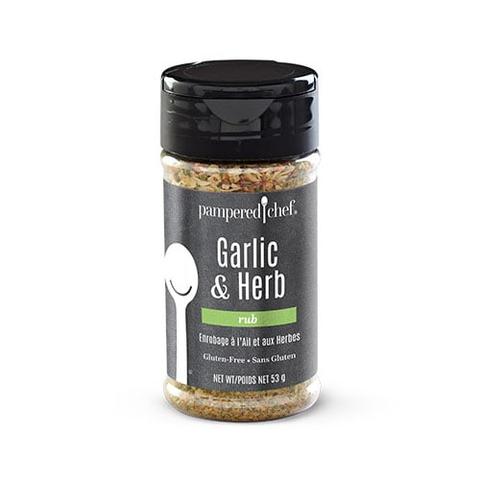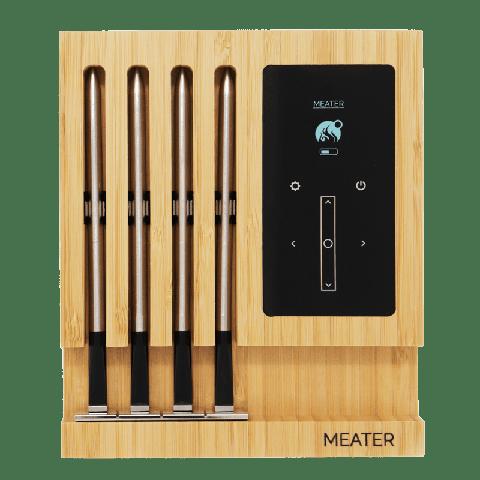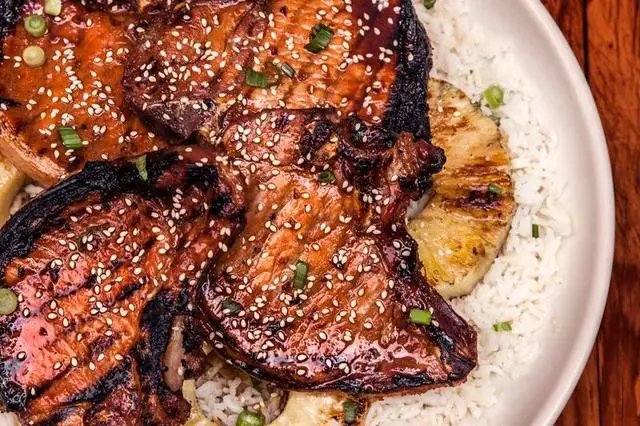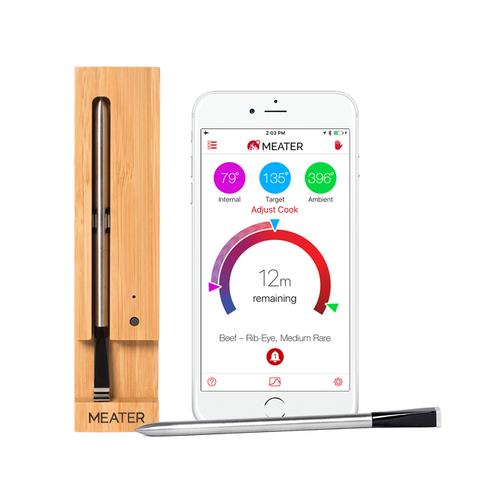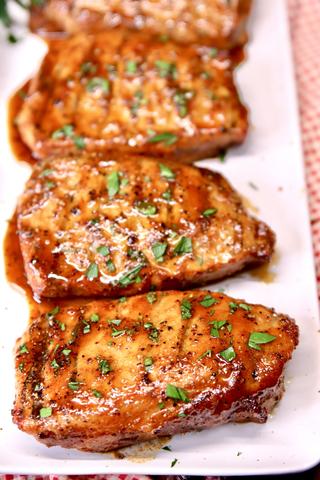
“Unveiling the Distinctive Qualities: Stoneware vs Ceramic – Unraveling the Differences in Durability, Aesthetics, and Functionality.”
WHAT IS THE DIFFERENCE BETWEEN STONEWARE AND CERAMIC?
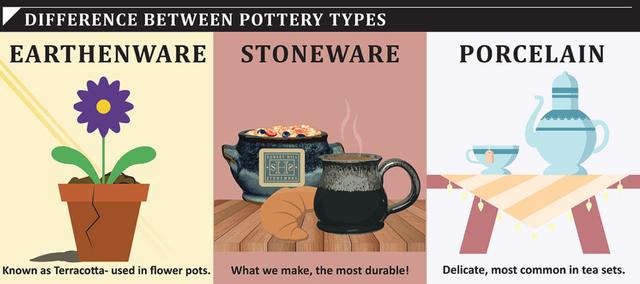
Stoneware and ceramic are both types of cookware, but they have several differences. Stoneware is more durable and chip-resistant than ceramic. It is made from non-porous clay that is fired at a high temperature, making it thicker and stronger than ceramic. Stoneware also has better heat retention and can be used on stovetops and in ovens for baking. On the other hand, ceramic is made from porous clay that is fired at a lower temperature, making it less durable and prone to chipping. Ceramic cookware requires more careful cleaning and maintenance, and it is not microwave or dishwasher safe.
In summary, if you prioritize durability and chip-resistance, stoneware is the ideal choice. It requires less maintenance and can be used in various cooking methods. However, if you prefer affordability over durability, ceramic cookware may be suitable for you with proper care. Both options have their advantages and considerations to keep in mind when choosing the right cookware for your kitchen.
WHAT IS STONEWARE?
Stoneware is a type of non-porous ceramic dinnerware that is made from stoneware clay. It undergoes a firing process at high temperatures, usually between 2150 to 2400 degrees F, which makes it thicker and more durable compared to other types of cookware such as ceramic and porcelain. The addition of vitreous material enhances its strength and chip-resistance. Stoneware is versatile and can be used for cooking on stovetops and baking in ovens. It comes in various colors and finishes, depending on the manufacturer. With proper maintenance, stoneware can last a long time.
WHAT IS CERAMIC?
Ceramic is a type of cookware made from porous clay that is fired at a relatively low temperature of about 1800 to 2100 degrees F. It is thicker and heavier in appearance but not as strong and durable as stoneware. Ceramic cookware requires extra care when cleaning to avoid chipping or breaking, and it is not microwave or dishwasher-safe. Compared to stoneware, ceramic cookware is more affordable but less durable. It is important to handle and maintain ceramic cookware properly to ensure its longevity.
STONEWARE VS. CERAMIC: WHAT ARE THE DIFFERENCES?
Stoneware and ceramic are both popular choices for cookware, but they have some key differences. One of the main distinctions is that stoneware is more durable and chip-resistant compared to ceramic. Stoneware is made from non-porous clay that is fired at a high temperature, making it thicker and more durable than ceramic. On the other hand, ceramic cookware is made from porous clay and fired at a lower temperature, which makes it less durable and prone to chipping.
Another difference between stoneware and ceramic is their appearance. Stoneware has a thick, opaque look with a stone-like texture, while ceramic tends to appear translucent.
In terms of functionality, stoneware offers better heat retention and can be used for cooking on stovetops and ovens. It also comes in a variety of colors and finishes. Ceramic cookware requires more care when cleaning to avoid chipping or breaking, and it is not microwave or dishwasher safe.
In conclusion, if durability is your top priority and budget is not an issue, stoneware would be the ideal choice for your cookware needs. It requires less maintenance attention and offers better chip resistance. However, if affordability is important to you and you don’t mind putting in extra effort for maintenance, ceramic cookware can be a suitable option.
MATERIAL
Stoneware is made from non-porous ceramic dinnerware clay that has been fired at a high temperature of about 2150 to 2400 degrees F. It is thicker and more durable than most types of cookware like ceramic and porcelain due to the added vitreous material. On the other hand, ceramic cookware is made from porous clay and fired at a relatively low temperature of about 1800 to 2100 degrees F.
COOKING AND CLEANING
Stoneware is known for its versatility in the kitchen, as it can be used on stovetops and ovens for both cooking and baking. Its non-porous nature makes it easy to clean, and it is also dishwasher safe. Stoneware is microwave safe, allowing you to easily heat up your favorite foods. On the other hand, ceramic cookware requires extra care when cleaning to avoid chipping or breaking the cookware. It is not microwave or dishwasher safe.
When it comes to durability, stoneware takes the lead. It is made with added vitreous material, making it thicker and more durable than ceramic. Stoneware is chip-resistant and does not easily break or chip. Ceramic cookware, on the other hand, is porous and prone to chipping. While both types of cookware can last a long time with proper maintenance, stoneware tends to be more durable overall.
Stoneware has a thick and opaque appearance with a stone-like look. On the contrary, ceramic cookware tends to appear translucent. The difference in appearance may be a factor to consider depending on your personal preference and kitchen aesthetics.
DURABILITY
One significant difference between stoneware and ceramic is their durability. Stoneware is known for its high durability and chip-resistant properties. It is made from non-porous clay fired at a high temperature, which makes it thicker and more durable than ceramic. Additionally, stoneware is enhanced with vitreous material, making it waterproof and less prone to chipping. On the other hand, ceramic cookware is not as strong or durable as stoneware. Its porous nature makes it more susceptible to chipping, and it requires extra care during cleaning and handling.
APPEARANCE
Stoneware appears thick, opaque, and has a stone-like look. It has a more rustic and natural appearance compared to ceramic. On the other hand, ceramic cookware tends to appear translucent and has a smoother and shinier finish. Ceramic cookware often comes in a variety of vibrant colors and designs, making it visually appealing.
STONEWARE VS. CERAMIC: WHICH IS THE BEST?
When it comes to choosing between stoneware and ceramic cookware, there are several factors to consider. One major difference is that stoneware is more durable and chip-resistant than ceramic. Stoneware is made from non-porous clay fired at a high temperature, making it thicker and stronger than ceramic which is made from porous clay fired at a lower temperature.
In terms of cooking and cleaning, stoneware is easier to maintain. It can be used on stovetops and ovens, and is both microwave and dishwasher safe. On the other hand, ceramic cookware requires more care as it is prone to chipping and breaking. It is not suitable for use in the microwave or dishwasher.
If durability is your priority and budget is not an issue, stoneware would be the ideal choice. It does not require much maintenance attention and offers better heat retention. However, if affordability is important and you don’t mind giving extra care to your cookware, then ceramic could be a suitable option.
WHERE CAN I BUY STONEWARE PRODUCTS?
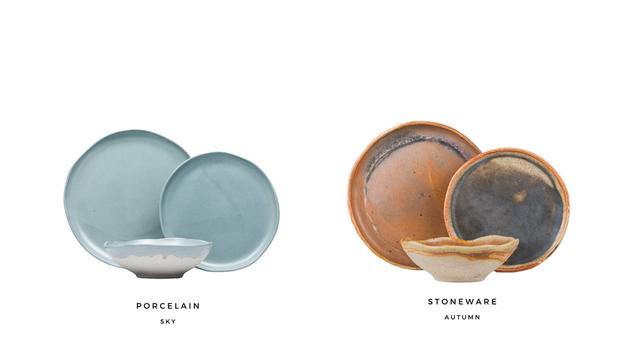
If you are interested in purchasing stoneware products, there are several options available to you. One option is to visit your local kitchenware stores or department stores that carry a wide range of cookware. They usually have a selection of stoneware products for you to choose from. Additionally, you can also check online retailers such as Amazon, Walmart, or Bed Bath & Beyond, as they often have a variety of stoneware cookware available for purchase. Another option is to visit specialty kitchenware stores or artisan markets, where you may find unique and handmade stoneware pieces.
In conclusion, stoneware and ceramic are both versatile materials used in various applications. While they share similarities, stoneware is denser and more durable, making it ideal for everyday use. Ceramic, on the other hand, offers a wider range of styles and designs due to its lower firing temperature. Ultimately, the choice between stoneware and ceramic depends on personal preference and intended use.
Learn More About Grilling
If you want to learn more about grilling, check out these other helpful resources!

